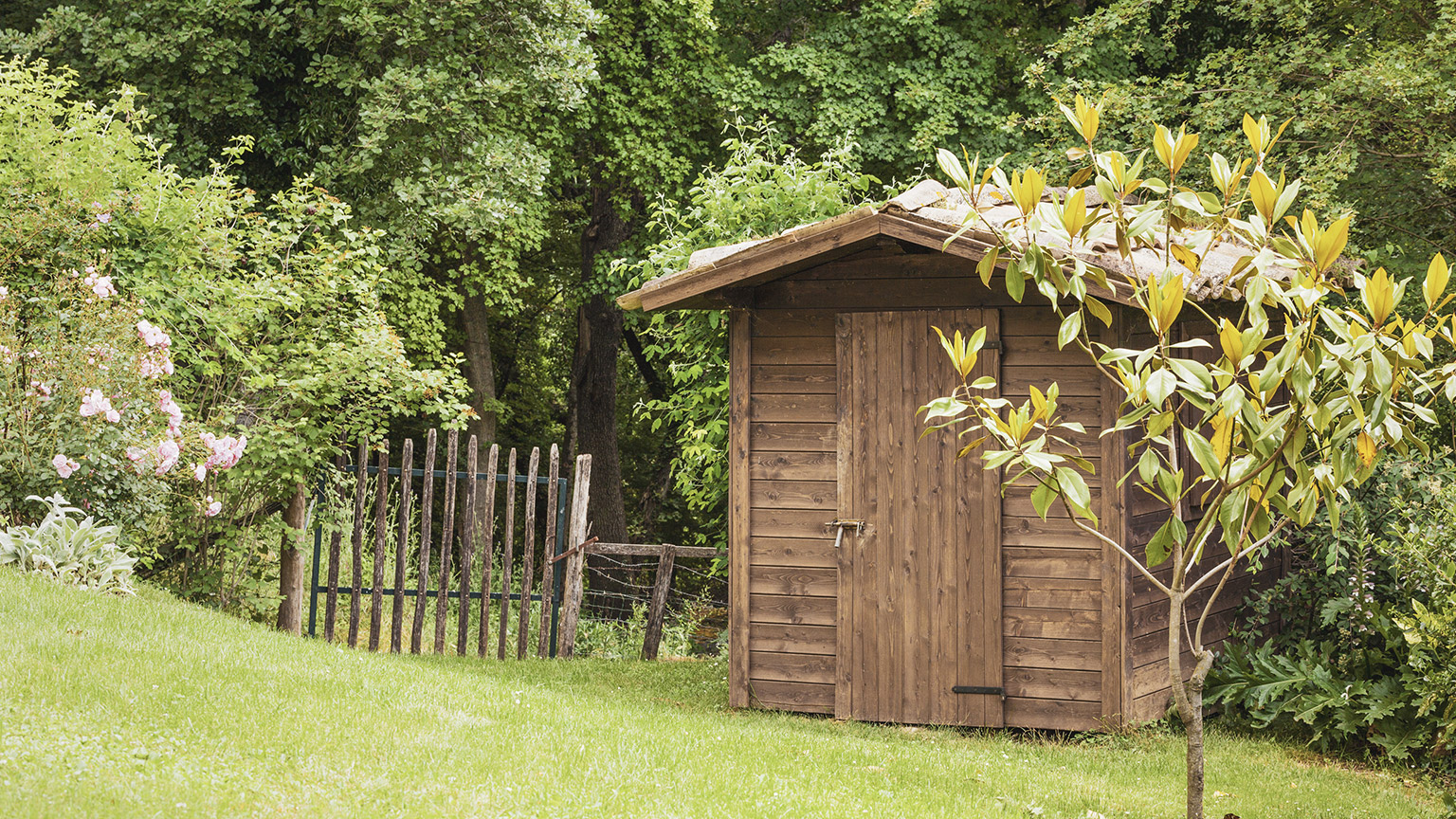Introduction
In this topic we’ll:
- describe the purpose of the site appraisal
- explain what information to include in a site appraisal.
By the end of this topic you’ll be able to prepare a site appraisal for your client’s site.
The purpose of the site appraisal is to decide what is worth keeping and what isn’t. It is presented as a table of recommended actions which let you know what to include on your base plan.
We do this by adding a few extra columns to our site inventory. One for recommended actions and another for the reason. Typical actions are:
- retained as is
- repaired or modified then retained
- removed.
As a general rule, try to retain trees and shrubs wherever possible, even if they don’t completely fit with the design you may already have in mind. Plants are important in the fight against climate change and for biodiversity.
If you plan on removing a built feature, consider whether the materials can be reused in the design or sold or given away for someone else to use. For example:
- A brick path that is in disrepair could be deconstructed and the bricks cleaned and reused for lawn edging or another path.
- Concrete paths can be broken into movable pieces with a demolition hammer and those pieces can be re-laid to form new paths, patios, raised beds or low retaining walls. This recycled material even has a name: urbanite.
While this is not required for the assessment, it is a good idea to talk through your recommendations with your client.
If they disagree with some of your suggestions, you can update the document. You’ll refer back to this when you start designing their new garden to the more accurate it is the better.
The following table shows the site appraisal for Genevieve’s site:
| Feature | Condition | Recommended action | Reason |
|---|---|---|---|
| House | near new, good condition | Retained as is | |
| Crushed lime paths | weedy, no hard edging | Retain as base course, add smoother material on top | The client has specified that she’d like the path to the main house to be able to be walked barefoot whereas crushed lime sticks to bare feet. |
| Small pohutukawa | healthy | Retained | |
| Mixed pittosporum hedge | mostly healthy plants | Retain and hedge to shape, fill in gaps with additional pitto plants | The hedge is much taller and wider than it needs to be. Adding plants and hedging will help reshape it. |
| Deck | temporary only, untreated pallets with treated decking | Remove | |
| Willow trees | healthy but in wrong location | Remove | This will allow for extra pittos to be planted in the hedgerow |
| Small manuka | healthy, client loves it | Retain, gather seeds and propagate, if required relocated to a point in the garden where this can be a focal point | In its current location it doesn’t fit with the other planting. It is relatively small so should transplant if a large enough root ball is retained. By propagating the seeds and growing new seedlings, if the plant dies during transplant there will be another to replace it. |
| Blueberry | moderate health | Retain, fertilise, and relocate if required | Again, this is small enough to transplant if required. |
| Front deck | good condition | Retain, stain to match veranda walls | |
| Paving to catio | pavers in good condition but not well laid | ||
| Pseudopanax | x9 – x4 are on a lean, otherwise healthy | Retain, potentially stake the smaller ones to make them stand upright | Even though several are on a lean, its best to retain them for the time being – this area may be designed as something of a wild area. |
| Stand-alone pittosporum | healthy | Remove | Doesn’t fit with other planting in the area and is negatively impacting the health of one of the pseudopanax. |
| Potted griselinias | average health | Keep, repot, and fertiliser, consider adding, consider adding automated irrigation | The plants are under shelter so are probably not getting as much water as they need. |
| Potted renga rengas | poor health | Replace with griselinias | Griselinias are performing better in this location and having four of them provides a less cluttered look. |
Now you’re ready to write up your site appraisal. Make sure you include:
- the address of the site
- the date of your appraisal
- your name.
Once you’ve finished writing up the site appraisal, you should be ready for Assessment LDB02A1. Go and read the instructions carefully and make sure you’ve done everything you need to, then upload and submit your work for marking.
Once you’ve done that, carry on to the next topic. Hoake tātou.
